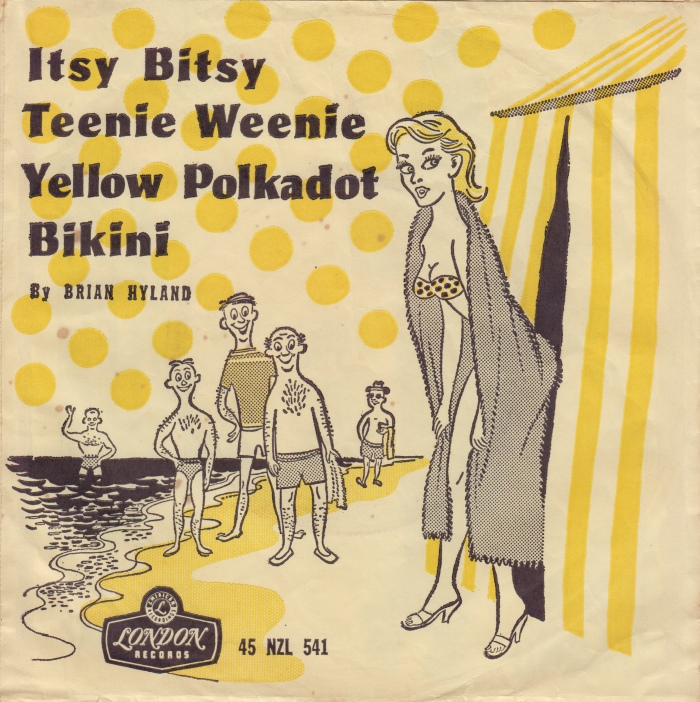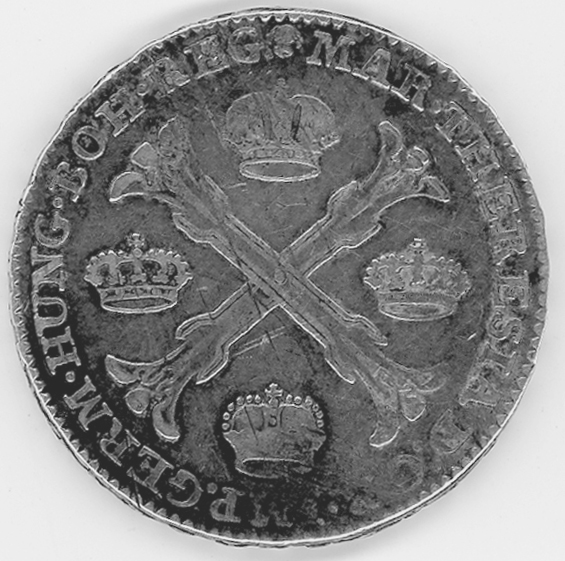“She was afraid to come out of the locker
she was as nervous as she could be
she was afraid to come out of the locker
she was afraid that somebody would see
Two three four
tell the people what she woreIt was an Itsy Bitsy Teenie Weenie Yellow Polka Dot Bikini
that she wore for the first time today
an Itsy Bitsy Teenie Weenie Yellow Polka Dot Bikini
so in the locker she wanted to stay”
Polkadot patterns are rather paradoxical.
They can be sweet, innocent, child-like - as evidenced on tablecloths and patterned tiny tea sets. And, of course, Minnie Mouse.
They can be hypnotising, confusing, dazzling - in psychedelic art for example.
They can be playfully classic, as found on stylish Dior Dresses.
And they can be utterly feminine and seductive. In 1951, Marilyn Monroe sported a (to our current eyes rather over-sized) red polkadot bikini in a very sexy photoshoot. The 60s produced, in addition to more polkadot-patterned fabrics, the above song about a rather revealing polkadot bikini.
But the origin of some of the polkadots pattern is decidedly unsexy. The pattern with larger polkadots used to be named after German coins, called Thaler.
MARIA THERESIA Kronenthaler obverse, Burgundian cross, 4 crowns in angles, 1770, Craig Low Countries # 14, Jacques Verlagen
Maybe one of the reasons we love polkadots so much is not because they are ‘cute’, but because they remind us of something essential: money.
And there might be yet another benefit to wearing polkadots: some people claim that they originate from gypsy dresses covered in small, round mirrors, to avert the evil eye.
Sexy, cheerful, friendly, seductive, protective or simply safe: dots on fabric can take on many guises.
Today, look for dotted fabrics - and find out for yourself how those dots can play with your perception.
Spot the dots, capture them and share your dotted finds on Instagram or Twitter using the hashtag #kramerseye.

